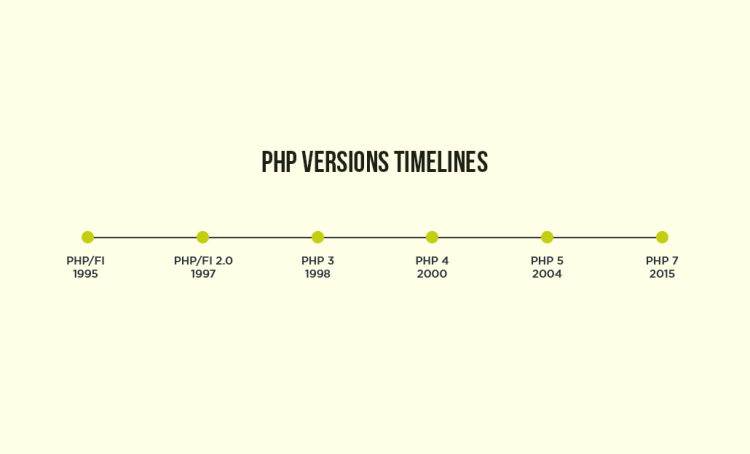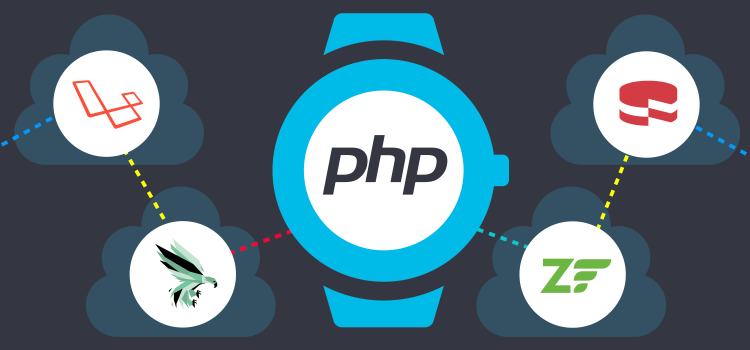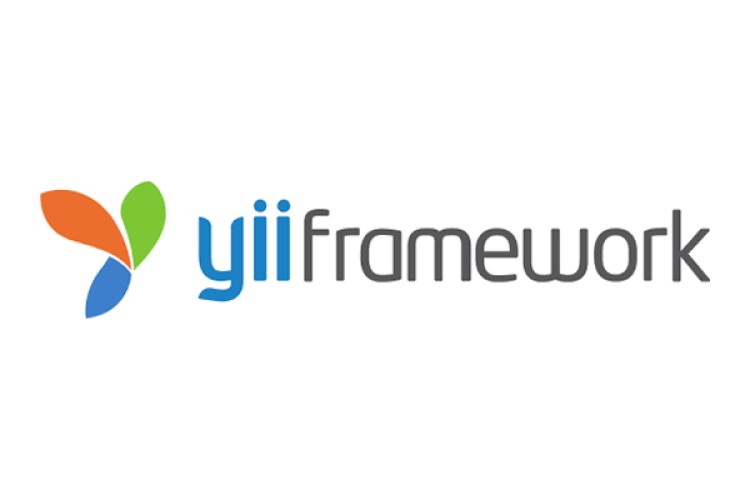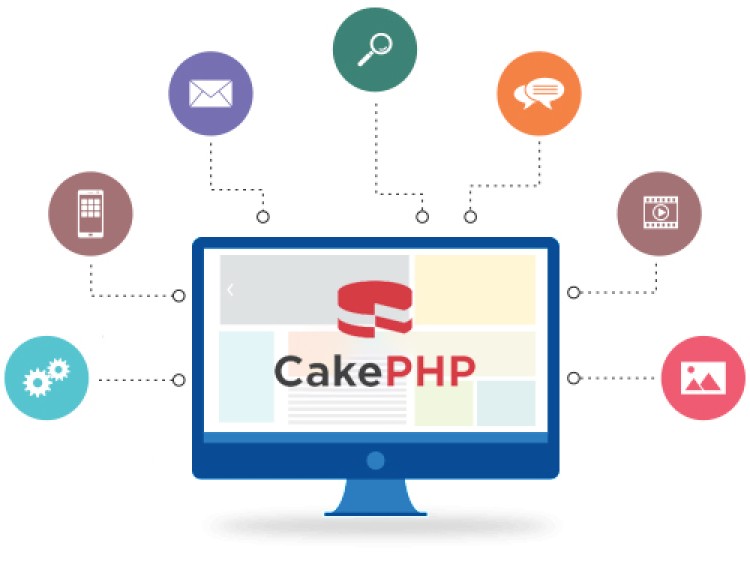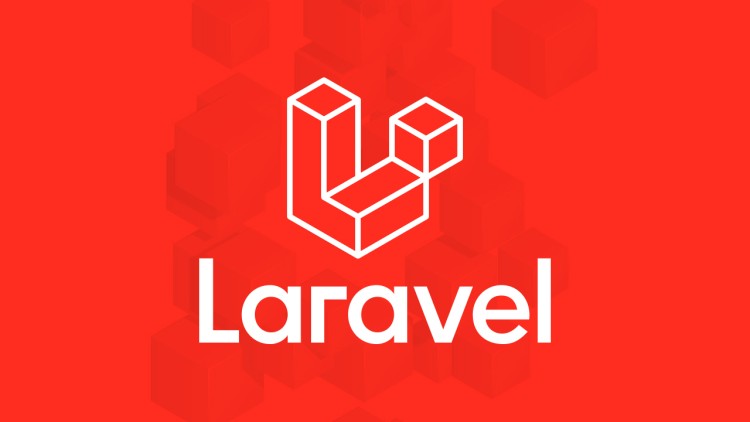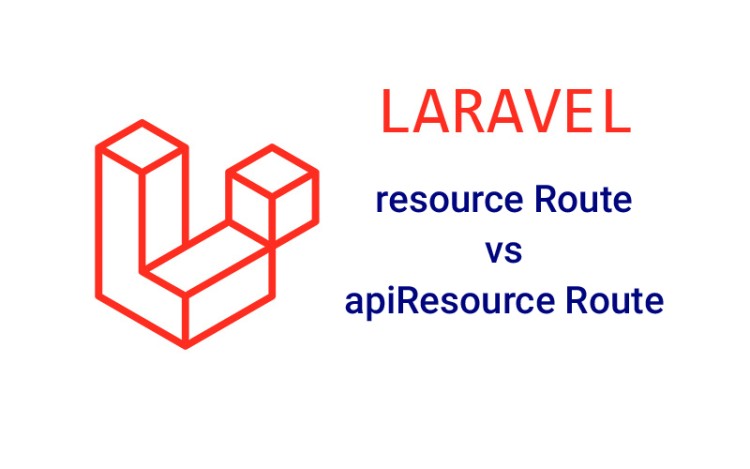Laravel Version Histories
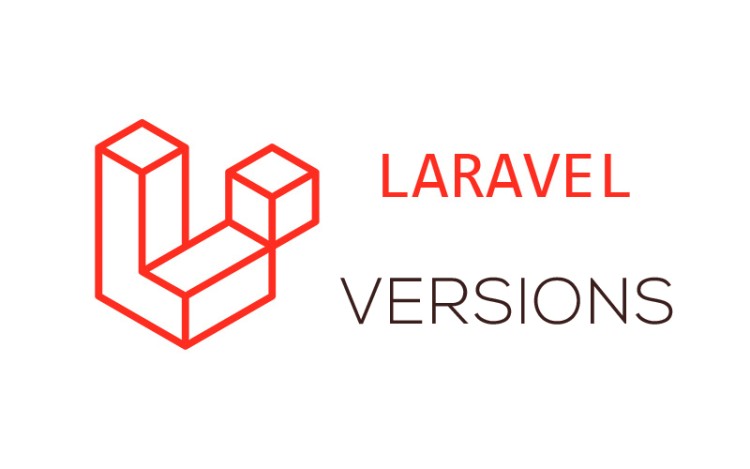
Laravel is a popular web application framework written in PHP that was first released in 2011. Over the years, Laravel has gone through several updates and version releases, each with its own set of new features, improvements, and bug fixes. In this blog post, we'll take a detailed look at the history of Laravel versions.
Laravel 1.x:
Laravel's initial release was version 1.0 in June 2011. Laravel 1.x was a simple and lightweight framework that focused on providing a simple and elegant syntax for building web applications. It included basic features such as routing, views, and database access.
Laravel 2.x:
Laravel 2.0 was released in September 2011. This version introduced a number of new features, including support for database migrations, controller filters, and command-line interface (CLI) tools. Laravel 2.x was also the first version to include support for Composer, a package manager for PHP.
Laravel 3.x:
Laravel 3.0 was released in February 2012. This version was a major overhaul of the framework and introduced many new features, including support for packages, a new routing system, and improved error handling. Laravel 3.x also included support for multiple database connections and introduced the Eloquent ORM, a powerful object-relational mapping tool for working with databases.
Laravel 4.x:
Laravel 4.0 was released in May 2013. This version introduced a new directory structure and a number of new features, including support for queues, events, and improved routing. Laravel 4.x also included support for the Blade templating engine, which provided a simple and powerful way to create reusable templates.
Laravel 5.x:
Laravel 5.0 was released in February 2015. This version was a major update to the framework and introduced a number of new features, including support for middleware, improved routing, and improved session handling. Laravel 5.x also introduced the Artisan command-line interface (CLI), which made it easy to perform common tasks such as generating code and managing migrations.
Laravel 6.x:
Laravel 6.0 was released in September 2019. This version introduced a number of new features, including support for email verification, improved error handling, and improved testing support. Laravel 6.x also included support for optional class parameters, which made it easier to write more modular and flexible code.
Laravel 7.x:
Laravel 7.0 was released in March 2020. This version introduced several new features, including support for Laravel Airlock, which provides a lightweight authentication system for APIs, and support for Laravel Sanctum, a new package that provides token-based authentication for SPAs and mobile applications.
Laravel 8.x:
Laravel 8.0 was released in September 2020. This version introduced several new features, including support for model factory classes, improved routing, and a new jetstream package that provides a pre-built authentication and user management system. Laravel 8.x also introduced several improvements to the Artisan CLI tool, including support for parallel testing.
Laravel 9.x
Laravel 9 was released on February 8, 2022. Laravel 9 continues the improvements made in Laravel 8.x by introducing support for Symfony 6.0 components, Symfony Mailer, Flysystem 3.0, improved route:list output, a Laravel Scout database driver, new Eloquent accessor / mutator syntax, implicit route bindings via Enums, and a variety of other bug fixes and usability improvements.
Laravel 10.x
Laravel 10 was released on February 14, 2023. As you may know, Laravel transitioned to yearly releases with the release of Laravel 8. Previously, major versions were released every 6 months. This transition is intended to ease the maintenance burden on the community and challenge our development team to ship amazing, powerful new features without introducing breaking changes. Therefore, we have shipped a variety of robust features to Laravel 9 without breaking backwards compatibility.
Therefore, this commitment to ship great new features during the current release will likely lead to future "major" releases being primarily used for "maintenance" tasks such as upgrading upstream dependencies, which can be seen in these release notes.
Laravel 10 continues the improvements made in Laravel 9.x by introducing argument and return types to all application skeleton methods, as well as all stub files used to generate classes throughout the framework. In addition, a new, developer-friendly abstraction layer has been introduced for starting and interacting with external processes. Further, Laravel Pennant has been introduced to provide a wonderful approach to managing your application's "feature flags".
Conclusion:
Laravel has come a long way since its initial release in 2011. Each new version has brought new features and improvements, making it one of the most popular and powerful web application frameworks available today. Whether you're a seasoned developer or just starting out, Laravel's elegant syntax, powerful features, and extensive documentation make it a great choice for building modern web applications.


